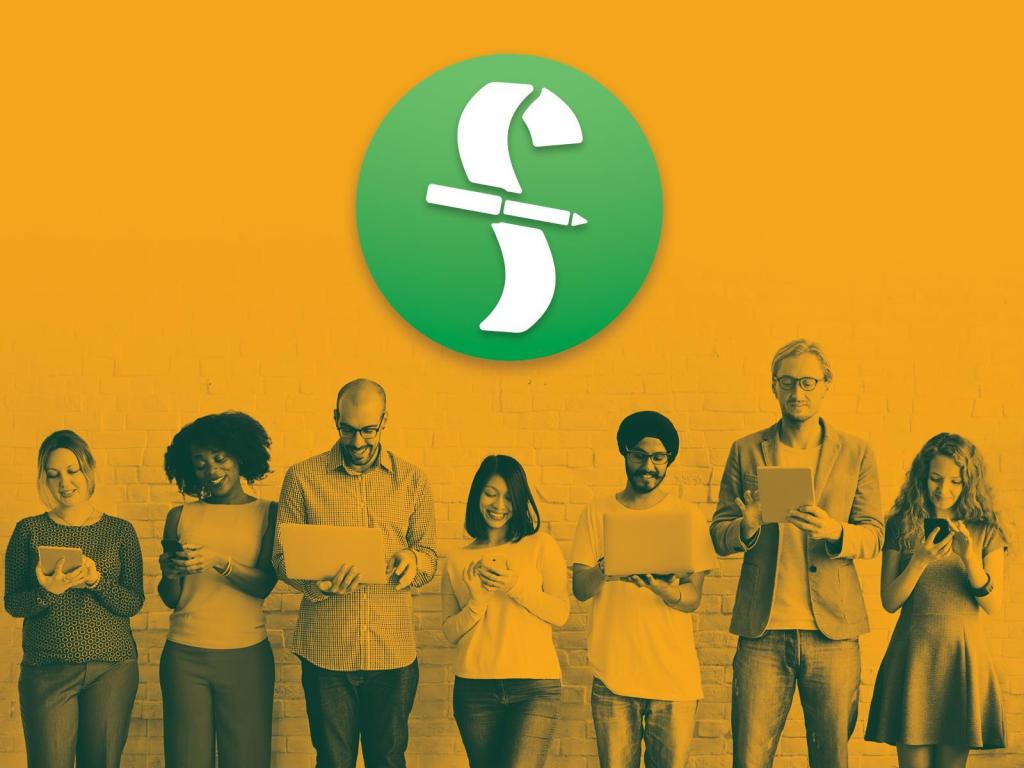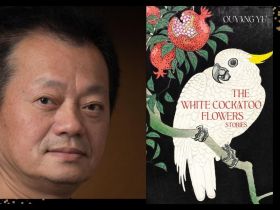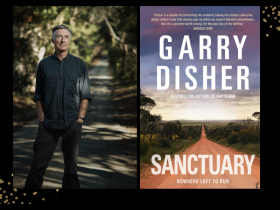Image supplied
If you’ve ever been serious about writing a screenplay, you know Final Draft is the industry standard in screenwriting software. Now, having conquered Hollywood, Final Draft have come up with an upgrade aimed at writers working outside film and television. According to Final Draft’s Director of Marketing, Phil Galasso, those years of experience are what makes Final Draft 11 the perfect choice for playwrights, graphic novelists, video games scripters and immersive storytellers.
‘We can take what we’ve done and learned in Hollywood in film and television and apply those lessons and those standards to these new venues,’ he says. While the screenplay format itself is largely set in stone, Final Draft continues to innovate the writing process in ways that are increasingly applicable outside Hollywood. ‘We’ve taken that as an opportunity to make Final Draft a tool for writers of every stripe.
‘A lot of areas like videogames are increasingly becoming more cinematic and the scriptwriting method lends itself to them. But then they have additional needs and we can implement things that would be useful for someone writing Virtual Reality that someone writing a regular screenplay would never even think of.’
For starters, Final Draft have expanded their template-based system to now provide a range of options tailored to a user’s specific project.
‘If you’re writing a virtual reality project you’d use the VR template, and within those templates the elements are formatted a certain way so to meet a specific need – a VR template would have certain elements set aside for a 360 camera view, for example.’
Final Draft 11 has also enhanced a number of earlier features including the Beat Board and Story Map to make them useful to writers whatever their specific needs.
‘The Beat Board is basically a completely customisable story planning tool. It allows you to do simple things like plot out your story, but you can also store all sorts of research or links there. When you’re writing something like a video game, you can store different versions of scenes – what happens here, what happens there – and be able to access it at any point.’
The user can then tie this stored information to the Story Map, which runs along the top of the screen, to access or preview them at any point.
A program that expands your writing options
Additionally, Final Draft 11 now features the ability to store multiple lines of dialogue in the script. Comedy writers can have multiple versions of the same joke, while video game writers can more easily script sequences where there are two different options available to a player.
Also added is the ability to host real-time collaborations, so writing partners and other involved professionals can work on the same script simultaneously.
‘I was talking to a writer on set working with a producer who was back in LA and they were doing an on-set re-write that the producer had some strong ideas about,’ says Galasso. ‘Being able to jump in there and work at the same time on the script can be really helpful in a number of situations.’
One of the additions that he sees as especially useful for graphic novelists is the ability to insert images into your script.
‘If you’re writing a graphic novel in Final Draft, before Final Draft 11 you’d write it in a certain format, create your images elsewhere, and manually Frankenstein them into a pdf. But now you can do that all within the program itself.’
This option has wider uses when combined with Tag Mode, a new ability that makes Final Draft 11 useful in the later production stages when a script is being budgeted and scheduled.
‘It allows you to go through your script and pre-tag elements for different departments – props, costuming, locations – so you can really get your script much closer to being ready to budget and schedule.
‘If I’m the costuming person, I can go through the script with Tags Mode on and tag various things with ideas for props I’m going to need, the scenes the prop is going to be in, I’m able to insert ideas I might have for that prop that’s tagged in that scene.’
While Final Draft is the Hollywood standard, film-making is an increasingly international business. Now with the addition to Final Draft 11 of Unicode support, there’s close to a hundred different languages you can write in.
‘Film-making, whether it’s in Asia or Africa or anywhere in the world, it’s just continuing to grow. I worked with a company in China last year, and they were saying that what they’re looking for from Hollywood right now, and what a company like Final Draft can provide, is the industry standards.
‘We’re trying to present them with the same tools and the same level of integrity that we have for film and television writers, just as we’re trying to provide that to all these other writers in all these other places.’





